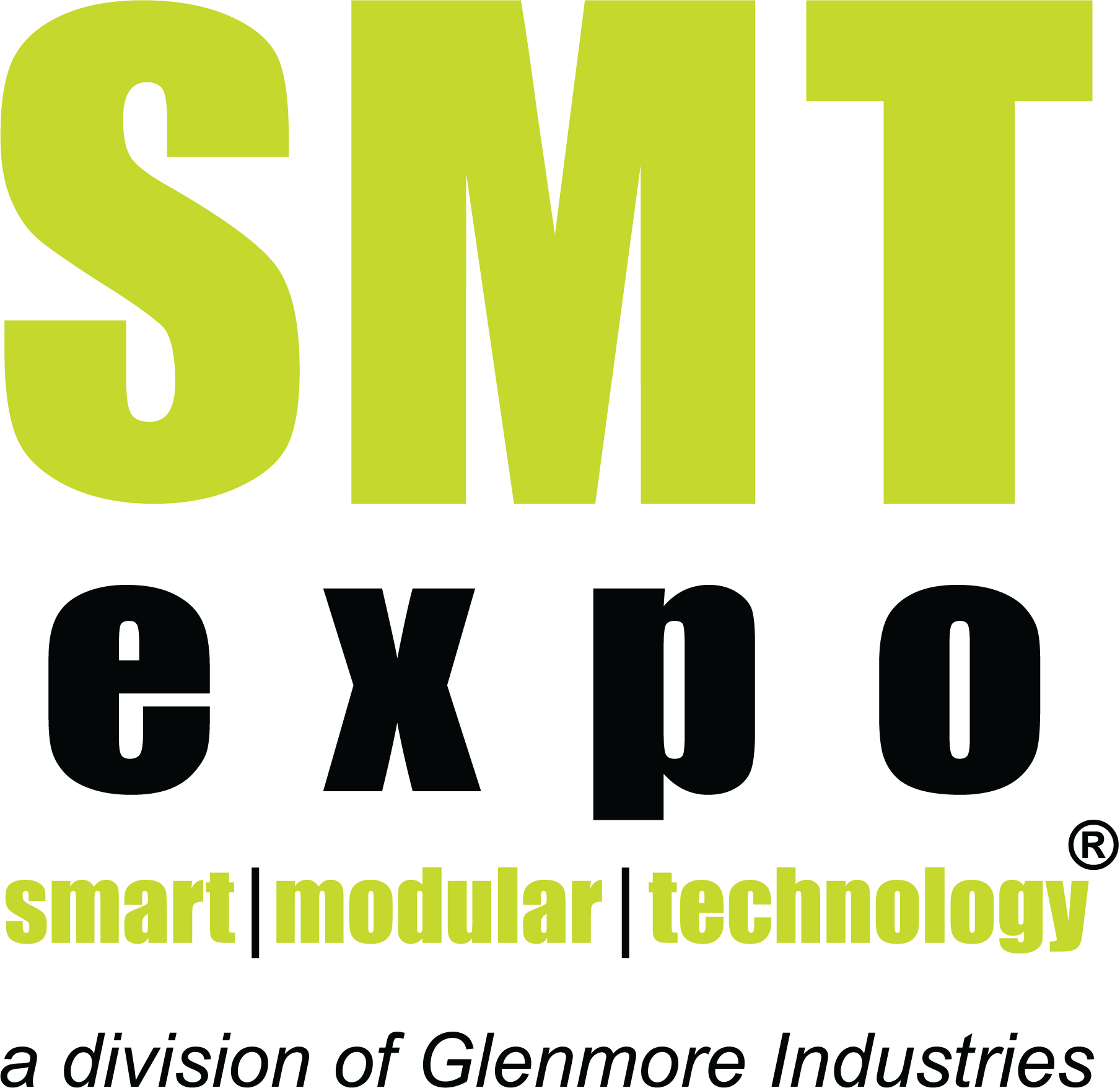
Creating a Safer Exhibit Environment: Reassuring Exhibitors & Attendees So They Return
It comes as no surprise that of all the recommendations published by the leading nonprofit associations in the events and exhibitions industry having to do with the safe return to live events, there is only one mention of the need to take action designed to contain potential infectious agents from migrating from one booth to another. The Exhibition Services and Contractors Association (ESCA) publication recommends that the side wall height be increased from thirty-six inches to eight feet. Since pipe and drape remains the common booth system in most tradeshows, and because it has been in place, virtually unchanged since its introduction in 1919, it is easy to overlook and that is problematic.
It is problematic because it is estimated that as many as 30%, perhaps even more, of the individuals who are infectious with Covid-19 are asymptomatic: they don’t have fever and display none of the common symptoms of the pandemic such as coughing, sneezing, or fatigue. So, despite however many times the show floor is thoroughly decontaminated in a day, a transmitter of Covid-19 could wander from booth to booth infecting people along the way. The only solution is to ensure that it is not possible for asymptomatic attendees, exhibitors or staff to pass the virus through their infected breathing from booth to booth. Consider also the real possibility that Covid-19 is not likely to be the last infectious virus to arise in the future. Even ensuring that it might be unlikely to pass infectious agents from booth to booth, it is simply not possible to achieve absolute safety. Nevertheless, everything that we and our partners do to reduce the likelihood of transmission is critically important. It is for this reason that we cannot overlook any potential paths to mass infection.
This was the subject of the webinar presented on January 27th in conjunction with Exhibitor Magazine’s Insight series. Representatives of SMT Expo, explained how they discovered the potential of Banjo fabric to accelerate infections from booth to booth. Banjo is the common drape used in traditional pipe and drape configurations. Scott Lebwohl, Founder and Executive Vice President of SMT Expo, sent samples of Banjo and SMT Expo’s own ExpoKnit® fabric to a renowned independent laboratory headquartered in Switzerland, SGS and asked them to test booth for vulnerabilities involving the transmission of infectious agents through the two fabrics.
The result of the testing: Banjo was determined to be essential porous with little or no likelihood that it might serve to prevent transmission of infectious agents while ExpoKnit® was determined to be comparable to medical grade fabrics and would be an effective barrier to transmission of disease from booth to booth. You can see why the ESCA recommendation that side walls be increased to eight feet in height is of little real value in containing viruses unless Banjo drape were to be replaced by a far less porous fabric.
Skeptics have suggested that SMT Expo’s interest is simply to sell more of its booth systems. This might appear to be the case except for the fact that SMT Expo’s core interest is using its fabric expertise, the company is owned by Glenmore Industries and possesses decades of experience in providing fabric solutions to key industries and big box retailers, to recommend changes in booth construction that will yield effective prevention. It is our conviction that the exhibition industry can and must do better than continuing to deploy Banjo fabric and to replace that fabric with any other fabrics that will contribute to providing the exhibition industry and its customers with safer events. It must also be understood that there is no way to guarantee absolutely safe events in the face of pernicious diseases with which we will likely have to contend with for some time to come.
If you were unable to participate in the webinar on January 27th, you can view an archive of the webinar at this link here
